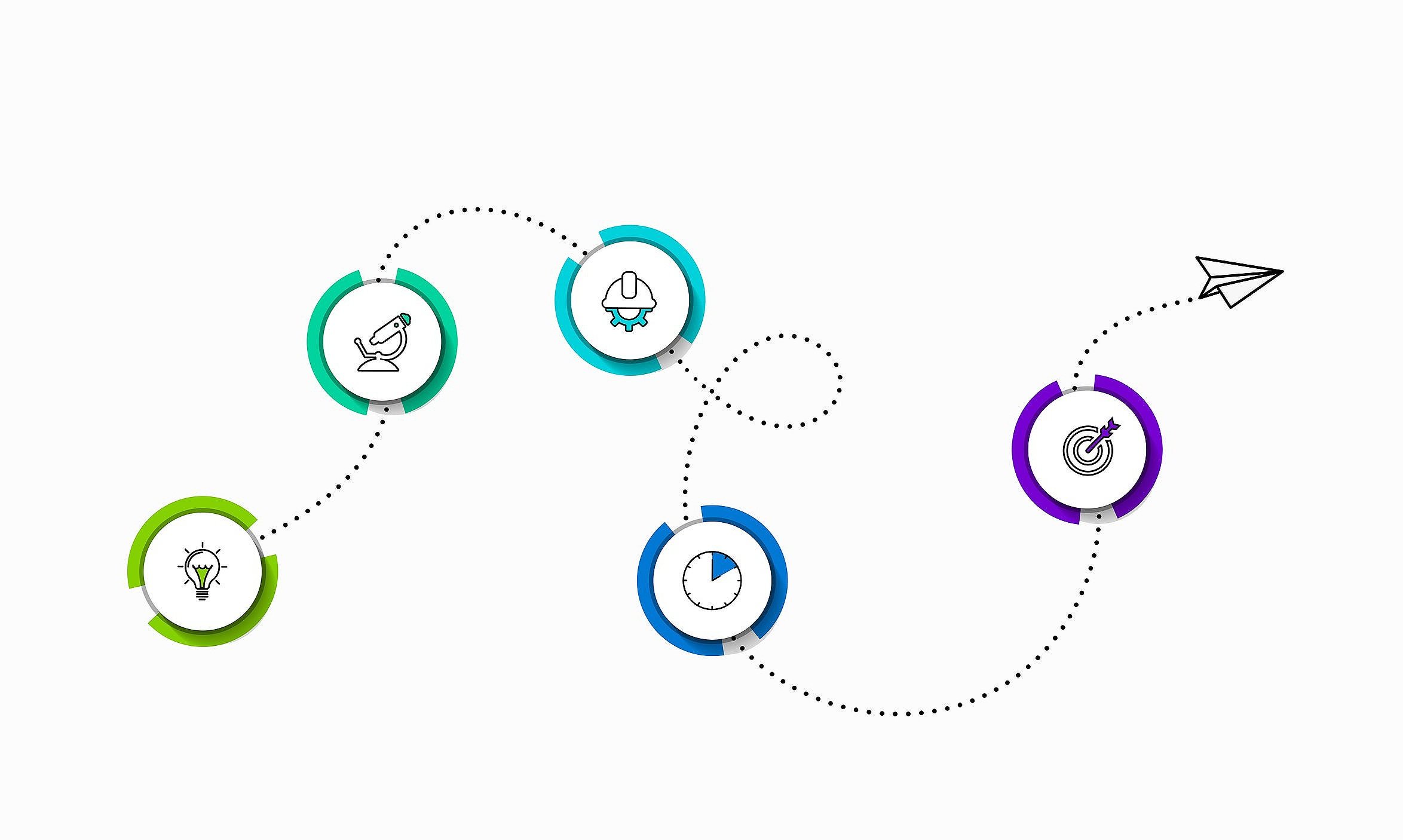
Roadmap
The Digital Health Toolkit (herein referred to as the Toolkit) is an educational guide intended to guide child welfare, juvenile legal, and related systems of care in developing an interagency tech collaborative.
This toolkit is for counties seeking a specific focus on leveraging technology in the development of projects and initiatives that improve access to behavioral health services for systems-impacted youth.
Interested in learning more? Take a stroll through our Toolkit roadmap.
-
Determine how your county may benefit from building a Tech Collab
-
Need #1: Disparities and Delays in Access to Care
Systems-impacted youth and families often experience high rates of behavioral health needs. But many who would benefit from services do not because of several barriers to accessing care.
-
Need #2: Improving Communication Between Systems
Multiple agencies often serve the same systems-impacted youth and families. When those agencies work together, access to care is likely to improve.
-
Solution: Establish a Collaborative
To increase access to care for systems-impacted youth and families, we formed the SF Tech Collab. This "think tank" roving access to care by fostering collaboration across agencies.
-
-
The Steps to Building Your Tech Collab
-
Step #1: Identifying System Champions
If you’re convinced your jurisdiction might benefit from a Tech Collab, start identifying champions who you want to recruit. While every jurisdiction is different, there are several factors to consider as you start building the group.
-
Step #2: Getting Started
Now that we’ve developed a plan for identifying and recruiting champions, it's time to bring everyone together. You might consider several steps when planning your initial meeting(s) to develop your group's identity and direction.
-
-
Sustainability
-
Consideration 1: Logistics
While every jurisdiction is different, sustaining a Tech Collab takes resources and thoughtful planning. Taking time to consider and navigate logistical considerations will set your Tech Collab up for success.
-
Consideration 2: Forming small working group
Forming working groups is one way to efficiently progress toward your Tech Collab’s broader goals. Working groups also provide flexibility and unique opportunities for a few agencies to improve their collaboration.
-
JUDGE MONICA WILEY
DR. MARINA TOLOU-SHAMS
Development of JTC
The Youth Justice & Family Well-Being Technology Collaborative (JTC) was founded in 2020 in San Francisco, California by Judge Monica F. Wiley of the San Fransico United Family Court and Dr. Marina Tolou-Shams, UCSF Department of Psychiatry and Behavioral Sciences faculty, Director of UCSF Juvenile inJustice Behavioral Health.
JTC is a collaborative academic-community partnership composed of champions from six system categories serving system-impacted youth (i.e., behavioral health, diversion, legal, child welfare, school, and juvenile probation). The onset of COVID-19 led stakeholders to leverage the JTC as a vehicle for general cross-system discussions and rapid planning related to deploying telehealth interventions for court, probation, child welfare, and behavioral health services for system-impacted youth and families.
Guide to Acronyms & Other Vocabulary
Adverse Childhood Experiences: Also known as ACEs, refers to living through disruptive environmental contexts, separation from one’s caregiver, or potentially traumatic events that happen during childhood or early to middle adolescence (~0-17 years of age). A greater number of lifetime ACEs has been associated with worse behavioral health and (CDC).
Adjudication: Judicial determination (judgment) that a juvenile is responsible for the delinquency or status offense that is charged in a petition.
Behavioral health needs: When mental health and/or substance use cause problems in someone’s life.
Behavioral health services: Treatment and/or interventions for behavioral health needs.
Care navigator: A professional who uses advanced knowledge of service delivery systems to increase access to and ongoing engagement with health care treatments or interventions.
Champions: Staff employed by agencies or institutions who emerge as natural leaders and/or are intimately familiar with the inner workings of their employer and “how the system works.”
CBO: Community-based organization that is typically a non-profit entity that provides human services or seeks to mitigate negative impacts of social determinants of health.
Delinquency: An act committed by a juvenile (typically referring to a minor child or adolescent younger than 18) which, if committed by an adult, would be a criminal act (OJJDP).
Diversion: The process of redirecting youth and families away from formal intake and supervision procedures.
HIPAA: The Health Information Portability and Accountability Act is a federal law that establishes privacy and security rules for health information.
FERPA: The Family Educational Rights and Privacy Act is a federal law that establishes privacy rules for student's educational records.
SF Tech Collab: The San Francisco Youth Justice and Family Well-Being Technology Collaborative
Shelter-in-place: Legal mandates implemented to protect the public from a health threat. In the acute pre-vaccine phase of the COVID-19 pandemic, most jurisdictions implemented some changes consistent with requiring persons to stay home and reduce contact with others who are a vector of a communicable disease.
Status offenses: Includes acts or types of conduct that are offenses only when committed or engaged in by a juvenile and that can be adjudicated only by a juvenile court (OJJDP).
System-impacted youth and families: Youth (and their families) who have had contact with the juvenile legal and/or child welfare system(s) and experienced a change in their life as a result of system contact.

We’d love to connect to hear about your vision for developing an inter-agency collaborative.
Please contact us to start a conversation!



